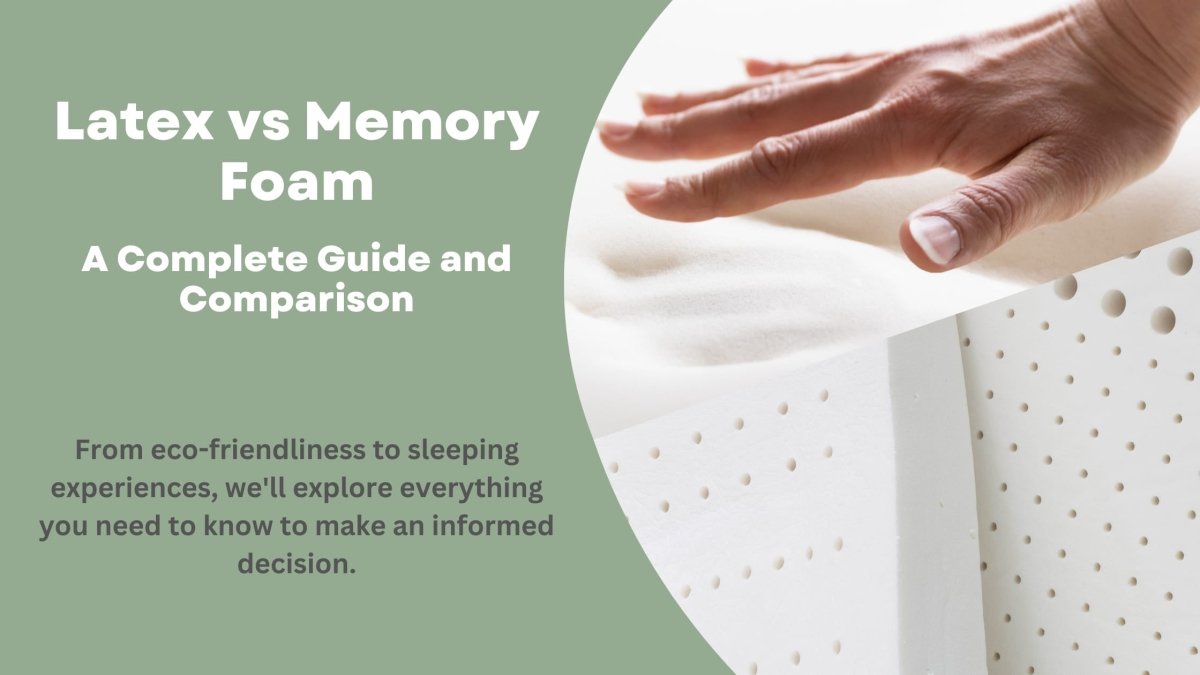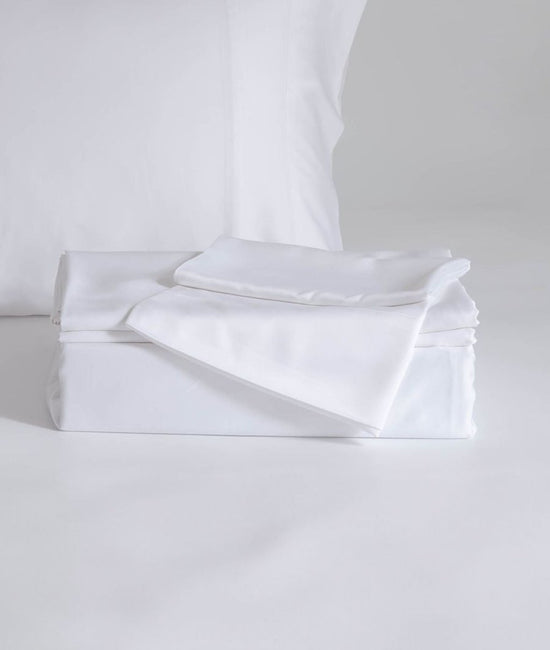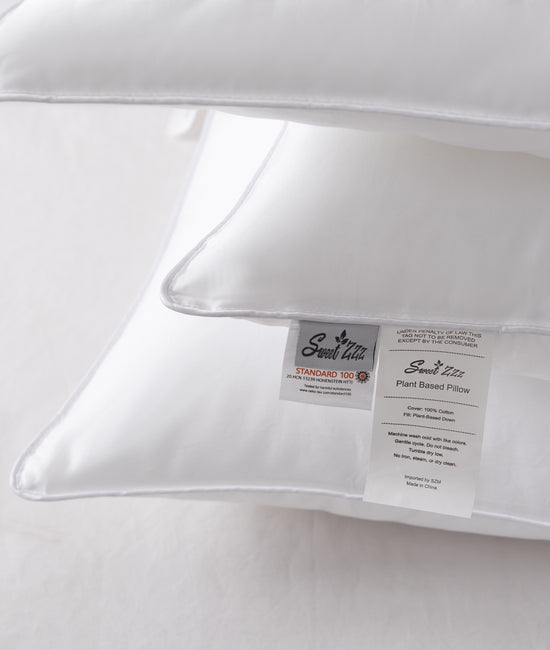Organic Latex vs. Synthetic Latex: Understanding the Key Differences

Organic Latex vs. Synthetic Latex: Understanding the Key Differences
When shopping for a new mattress, you may come across the terms "organic latex" and "synthetic latex." Both materials are used in mattress construction, but they offer different benefits and have distinct properties. In this article, we'll dive into the key differences between organic and synthetic latex, helping you make an informed decision when choosing the right mattress material for your needs.
1. Material Composition and Production
Organic latex: Organic latex is derived from the sap of the rubber tree (Hevea brasiliensis), which is a sustainable and renewable resource. The sap is collected through a process called tapping, and then it is processed using the Dunlop or Talalay method to create natural latex foam. Organic latex is free from synthetic additives and chemicals, and it adheres to strict environmental and social standards.
Synthetic latex: Synthetic latex is a man-made material, typically derived from petroleum-based compounds such as styrene-butadiene rubber (SBR). While it shares some similarities with natural latex, synthetic latex is produced through a chemical process and contains various additives and fillers.
2. Environmental Impact
Organic latex: The production of organic latex has a relatively low environmental impact, as it is made from a renewable resource and does not require the use of harmful pesticides or chemicals. Organic latex mattresses are also biodegradable, reducing waste and pollution when they reach the end of their lifespan.
Synthetic latex: The production of synthetic latex is more energy-intensive and relies on non-renewable resources such as petroleum. Synthetic latex mattresses are not biodegradable, and their disposal can contribute to environmental pollution.
3. Comfort and Support
Organic latex: Organic latex is known for its excellent pressure point relief and conforming properties, which help to reduce aches and pains and promote proper spinal alignment. The elasticity of natural latex allows it to adapt to your body's unique shape, offering a comfortable and supportive sleep surface.
Synthetic latex: While synthetic latex shares some of the conforming properties of natural latex, it generally offers less pressure point relief and can feel less responsive. Synthetic latex may also be less durable than organic latex, resulting in reduced long-term support.
4. Hypoallergenic and Antimicrobial Properties
Organic latex: Organic latex is naturally hypoallergenic and antimicrobial, making it an excellent choice for allergy sufferers or those with sensitivities. It is resistant to dust mites, mold, and mildew, and its antimicrobial properties help prevent the growth of bacteria, fungi, and other allergens.
Synthetic latex: Synthetic latex may not offer the same hypoallergenic and antimicrobial properties as organic latex. The chemicals and additives used in the production of synthetic latex can trigger allergic reactions or sensitivities in some individuals.
5. Temperature Regulation
Organic latex: The open-cell structure of organic latex promotes airflow and breathability, helping to maintain a comfortable sleeping temperature throughout the night. Organic latex is also naturally moisture-wicking, further enhancing its temperature-regulating properties.
Synthetic latex: Synthetic latex tends to be less breathable than organic latex and may retain heat, leading to a warmer sleep experience. This can be problematic for those who sleep hot or live in warmer climates.
6. Certifications and Standards
Organic latex: Organic latex mattresses often carry the GOLS (Global Organic Latex Standard) certification which ensures the mattress meets strict guidelines for organic content, environmental impact, and worker welfare.
Synthetic latex: Synthetic latex mattresses do not carry the same organic certifications and may not adhere to the same strict environmental and social standards.
Conclusion:
Understanding the key differences between organic and synthetic latex can help you make an informed decision when choosing the right mattress material for your needs. Organic latex offers numerous advantages, including superior comfort and support, hypoallergenic and antimicrobial properties, temperature regulation, and a lower environmental impact. Additionally, organic latex mattresses often carry trustworthy certifications that validate their quality, safety, and sustainability.
On the other hand, synthetic latex is a more affordable option but comes with some trade-offs, such as reduced pressure point relief, fewer hypoallergenic properties, and a higher environmental impact. Synthetic latex may also retain heat, making it less suitable for those who sleep hot or live in warmer climates.
By carefully considering the differences between organic and synthetic latex, you can choose a mattress material that aligns with your personal preferences, sleep needs, and commitment to a healthier, more sustainable lifestyle.







